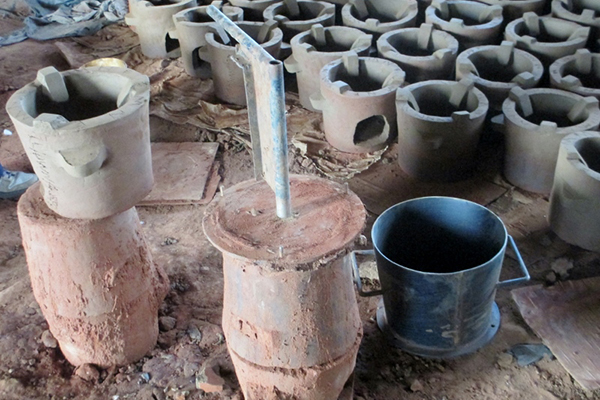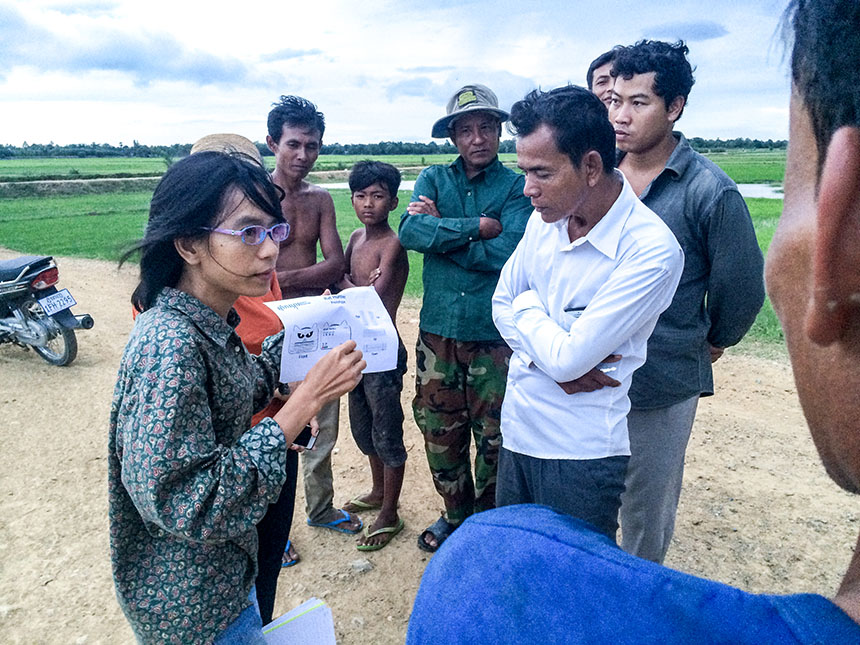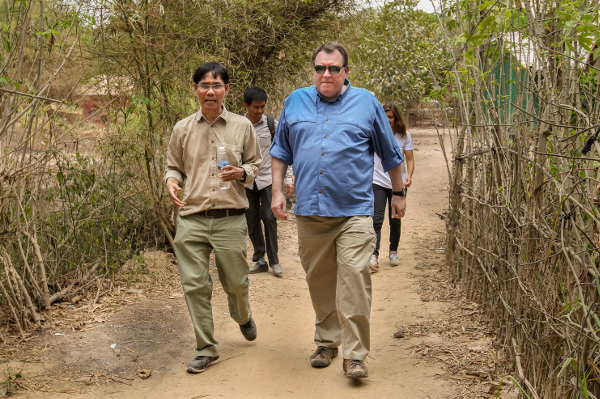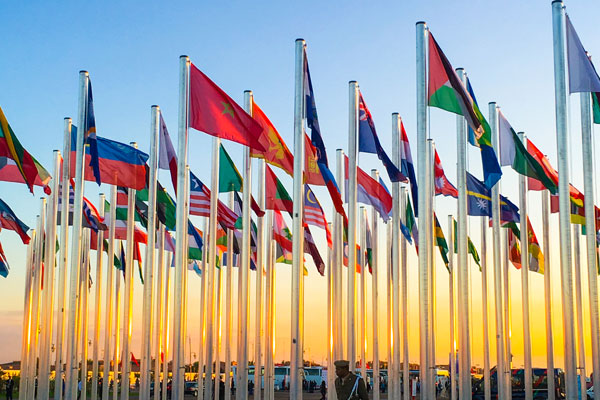November 2016

Kids and Cookstoves
November 30, 2016
By Lindsay Dworman Last year, when members of Winrock’s child labor team in Malawi attended a workshop on fuel-efficient cookstoves organized by Winrock’s clean energy team, what their two projects had in common wasn’t necessarily obvious. What soon became clear, however, was that advancing one project’s goals helped achieve the other’s, and together they are […]
Building a Better Mousetrap
November 18, 2016
By Ben Amick, Senior Adviser, Winrock’s Business Development and External Affairs Group Editor’s Note: Winrock is empowering Asian farmers through mentorship and support. You never quite know where that innovation will lead. When I first met the Rat Hunter Team in Phnom Penh, Cambodia, it had some cardboard cutouts and an idea — a contraption […]
2015 Annual Report: Impact and Innovation
November 15, 2016
A LETTER FROM THE PRESIDENT Two years ago, we launched an ambitious reimagining of Winrock’s approach to international development. The aim was to combine our organization’s long history of innovation and achievement with new strategies and approaches to position us for success in a rapidly evolving development environment. The past year has provided plenty of evidence […]
Winrock’s American Carbon Registry at the 22nd UN Climate Change Conference
November 8, 2016
By Mary Grady As Salaam Alaikum from Marrakech, Morocco! At the opening ceremony for the 22nd UN Climate Change Conference (COP 22), dignitaries welcomed delegates from around the world with a call to action at what is being hailed the “COP of Implementation.” Even in the rain, the positive reception to the call to action […]